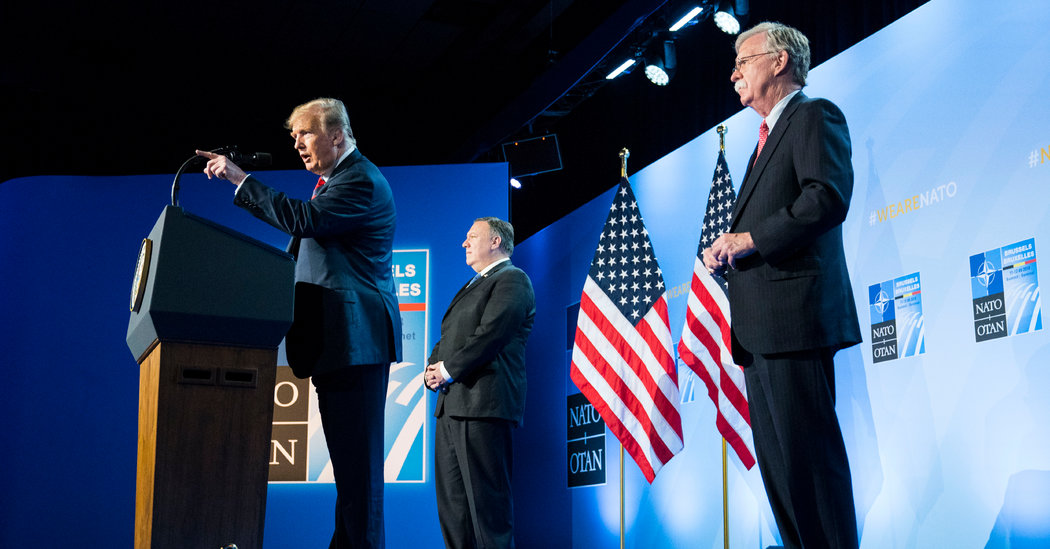He asked the delegations to finish their work by July 6 at 10 p.m. Brussels time.
Fearful of a repeat of the G-7 disaster — in which Mr. Trump refused to sign off on the joint communiqué, escalated a trade war and publicly derided Prime Minister Justin Trudeau of Canada — the emissaries from the NATO countries all agreed.
Two senior European officials said Secretary of State Mike Pompeo and Defense Secretary Jim Mattis were also keen to avoid another confrontation similar to the G-7, and the NATO declaration was completed days before leaders set foot in Brussels.
It achieved several goals critical to NATO officials.
Against Russian objections, the military alliance would formally invite Macedonia to join. It would establish an Atlantic Command post, hosted by the United States in Norfolk, Va., to coordinate a swift alliance response in the event of, for instance, a war in Europe between Russia and NATO allies.
And, most important, allies pledged to build up their militaries and provide 30 mechanized battalions, 30 air squadrons and 30 combat vessels, all ready to use in 30 days or less, by 2020 — a force to quickly respond to any attack on an alliance member.
Jamie Shea, a NATO deputy assistant secretary general, called the declaration “the most substantive” agreement that the alliance had put out in years. But its success, according to the American and European officials, lies in the feverish work before the summit meeting to keep it away from Mr. Trump.
“When you read the communiqué, and take into account the work that took place, this is one of the meatiest NATO summits that I can recall,” said Deborah Lee James, a former secretary of the Air Force in the Obama administration.
Eric Pahon, a Pentagon spokesman, said in an email on Thursday that the summit meeting was “extraordinarily successful, and the outcomes are now strengthening the alliance and trans-Atlantic security.”








